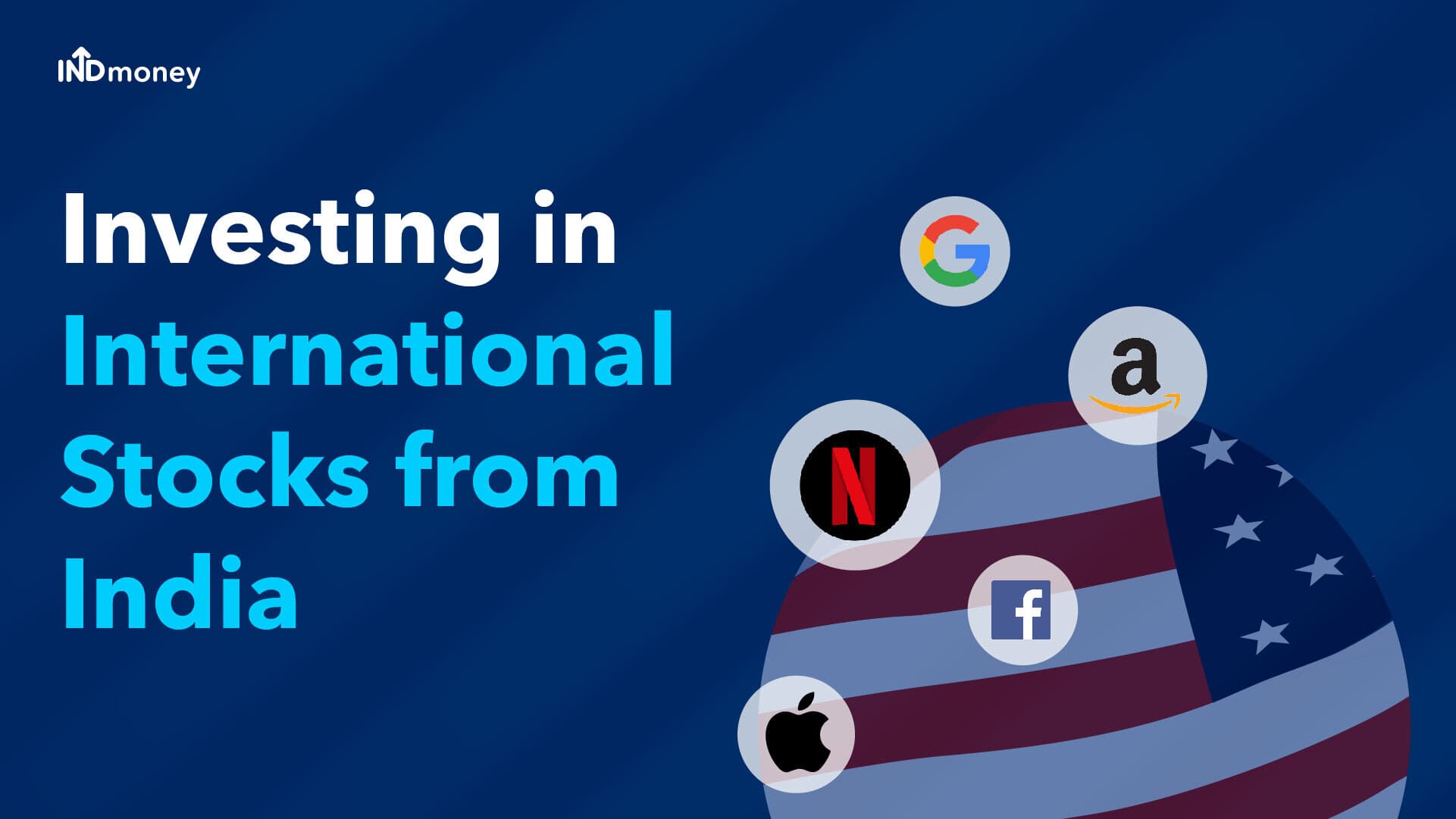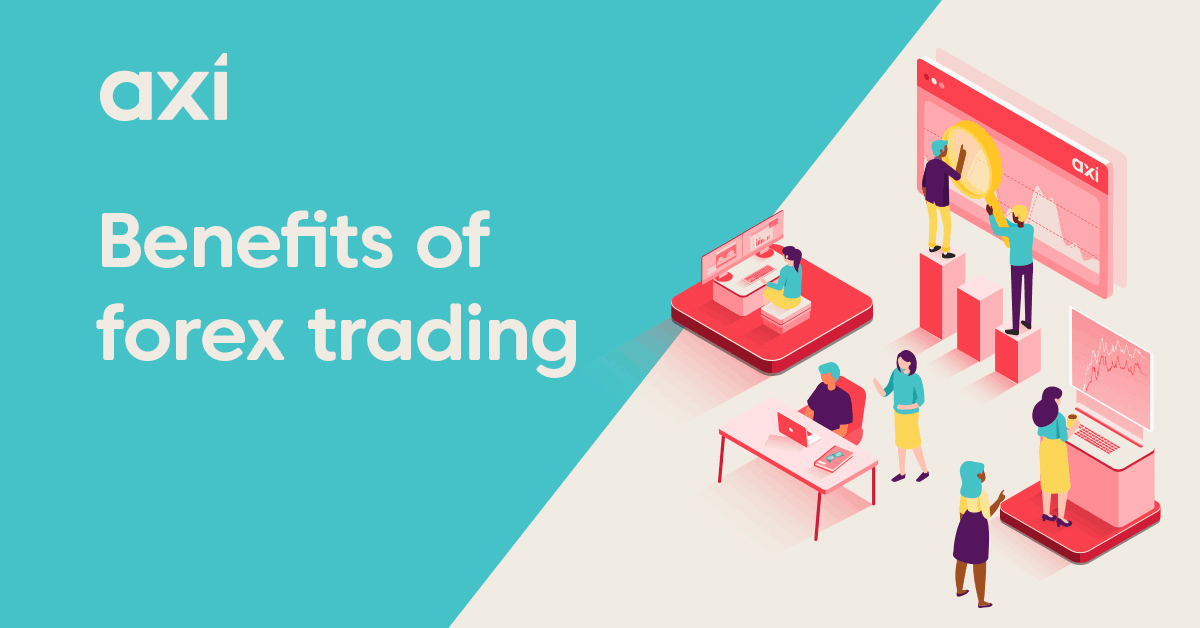
E-mini contracts could be a suitable option for traders looking for investment in the S&P 500. E-mini contracts are similar in size to full-sized forwards contracts but have smaller margins. This makes E-minis an ideal investment tool for individual traders.
E-minis, which were first introduced by Chicago Mercantile Exchange (CMEX) in 1997, are now available for purchase. E-minis were created to make futures trading easier for smaller investors and traders. The Emini contract is one-fifth as large as a standard S&P Futures contract. This makes the E-mini contract an ideal instrument for traders that don't have the capital required to purchase a full-sized futures contract. E-minis can be used by traders to carry out spread trading.
E-minis are available in two versions, Micro E-mini and Regular E-mini. The Micro E-mini comes in a size one-tenth that of the regular contract. It also has a multiplier factor of $5. The Micro E-mini can be traded on a mobile trading platform. The Schwab StreetSmartCentral trading platform makes it possible to trade the Micro E-mini. The contract is traded six days a week. This is advantageous for individual traders who don't have the time to trade.

The Micro E-mini S&P investment tool is ideal for those investors with limited capital who wish to invest in S&P 500. The Micro E-mini has a price of $5 per point, and can be traded all day. To lower the entry barrier for traders, the Micro E-mini S&P was introduced. It is also an ideal tool for investors who want to be able to hedge their positions and manage their stock allocation risk.
The E-mini market traders must have a clear goal when trading. Trader should have a plan. This includes a stop loss, entry and target positions. A plan will help traders stay on track and prevent them from losing money. E-mini sessions can be risky. There are however many opportunities to make money. An investor can terminate a trade at their discretion if a trade is successful. An investor can also try a different strategy if a trade fails to go as planned.
CME Group introduced the Micro E-mini S&P in May 2019. Investors can now take positions in the major four U.S. indices: the S&P 500; the NASDAQ 100; the Russell 2000; and the Dow Jones Industrial Average. There are weekly options available for Friday and Wednesday expirations.
E-mini markets traders have many ways to make money. These strategies are not easy to execute and require patience. To be successful, they also need to have a competitive edge. A mentor is also a good idea for traders to help them with their discipline. They should have a plan that they can follow and try to win two trades. They can always quit if they fail.

It is important to have a strategy for trading the Emini. This plan should include your entry, your stop loss and your target position. You should have a consistent plan until you achieve your goal.
FAQ
How do people lose money on the stock market?
The stock market does not allow you to make money by selling high or buying low. It's a place you lose money by buying and selling high.
The stock market is for those who are willing to take chances. They would like to purchase stocks at low prices, and then sell them at higher prices.
They want to profit from the market's ups and downs. They might lose everything if they don’t pay attention.
How are Share Prices Set?
Investors who seek a return for their investments set the share price. They want to earn money for the company. So they purchase shares at a set price. If the share price increases, the investor makes more money. If the share price goes down, the investor will lose money.
An investor's main goal is to make the most money possible. They invest in companies to achieve this goal. It helps them to earn lots of money.
Who can trade on the stock market?
Everyone. However, not everyone is equal in this world. Some have better skills and knowledge than others. So they should be rewarded for their efforts.
Trading stocks is not easy. There are many other factors that influence whether you succeed or fail. If you don’t have the ability to read financial reports, it will be difficult to make decisions.
These reports are not for you unless you know how to interpret them. It is important to understand the meaning of each number. You must also be able to correctly interpret the numbers.
Doing this will help you spot patterns and trends in the data. This will allow you to decide when to sell or buy shares.
This could lead to you becoming wealthy if you're fortunate enough.
What is the working of the stock market?
You are purchasing ownership rights to a portion of the company when you purchase a share of stock. Shareholders have certain rights in the company. He/she may vote on major policies or resolutions. He/she can demand compensation for damages caused by the company. The employee can also sue the company if the contract is not respected.
A company cannot issue shares that are greater than its total assets minus its liabilities. This is called capital adequacy.
A company with a high capital sufficiency ratio is considered to be safe. Companies with low ratios are risky investments.
What is the role of the Securities and Exchange Commission?
SEC regulates the securities exchanges and broker-dealers as well as investment companies involved in the distribution securities. It also enforces federal securities law.
What are the benefits of stock ownership?
Stocks are more volatile than bonds. When a company goes bankrupt, the value of its shares will fall dramatically.
If a company grows, the share price will go up.
For capital raising, companies will often issue new shares. This allows investors to buy more shares in the company.
To borrow money, companies can use debt finance. This gives them cheap credit and allows them grow faster.
Good products are more popular than bad ones. Stock prices rise with increased demand.
The stock price will continue to rise as long that the company continues to make products that people like.
What's the difference between a broker or a financial advisor?
Brokers specialize in helping people and businesses sell and buy stocks and other securities. They handle all paperwork.
Financial advisors are experts on personal finances. They are experts in helping clients plan for retirement, prepare and meet financial goals.
Financial advisors may be employed by banks, insurance companies, or other institutions. You can also find them working independently as professionals who charge a fee.
Take classes in accounting, marketing, and finance if you're looking to get a job in the financial industry. Also, you'll need to learn about different types of investments.
Statistics
- Ratchet down that 10% if you don't yet have a healthy emergency fund and 10% to 15% of your income funneled into a retirement savings account. (nerdwallet.com)
- "If all of your money's in one stock, you could potentially lose 50% of it overnight," Moore says. (nerdwallet.com)
- Our focus on Main Street investors reflects the fact that American households own $38 trillion worth of equities, more than 59 percent of the U.S. equity market either directly or indirectly through mutual funds, retirement accounts, and other investments. (sec.gov)
- US resident who opens a new IBKR Pro individual or joint account receives a 0.25% rate reduction on margin loans. (nerdwallet.com)
External Links
How To
How to open an account for trading
To open a brokerage bank account, the first step is to register. There are many brokers that provide different services. There are some that charge fees, while others don't. Etrade is the most well-known brokerage.
After you have opened an account, choose the type of account that you wish to open. These are the options you should choose:
-
Individual Retirement Accounts, IRAs
-
Roth Individual Retirement Accounts
-
401(k)s
-
403(b)s
-
SIMPLE IRAs
-
SEP IRAs
-
SIMPLE 401K
Each option offers different advantages. IRA accounts have tax benefits but require more paperwork. Roth IRAs are a way for investors to deduct their contributions from their taxable income. However they cannot be used as a source or funds for withdrawals. SIMPLE IRAs are similar to SEP IRAs except that they can be funded with matching funds from employers. SIMPLE IRAs have a simple setup and are easy to maintain. They enable employees to contribute before taxes and allow employers to match their contributions.
The final step is to decide how much money you wish to invest. This is also known as your first deposit. Most brokers will offer you a range deposit options based on your return expectations. A range of deposits could be offered, for example, $5,000-$10,000, depending on your rate of return. The lower end of the range represents a prudent approach, while those at the top represent a more risky approach.
Once you have decided on the type account you want, it is time to decide how much you want to invest. There are minimum investment amounts for each broker. These minimum amounts vary from broker-to-broker, so be sure to verify with each broker.
After you've decided the type and amount of money that you want to put into an account, you will need to find a broker. You should look at the following factors before selecting a broker:
-
Fees – Make sure the fee structure is clear and affordable. Brokers will often offer rebates or free trades to cover up fees. However, many brokers increase their fees after your first trade. Don't fall for brokers that try to make you pay more fees.
-
Customer service: Look out for customer service representatives with knowledge about the product and who can answer questions quickly.
-
Security - Look for a broker who offers security features like multi-signature technology or two-factor authentication.
-
Mobile apps - Make sure you check if your broker has mobile apps that allow you to access your portfolio from anywhere with your smartphone.
-
Social media presence. Find out whether the broker has a strong social media presence. If they don't, then it might be time to move on.
-
Technology - Does this broker use the most cutting-edge technology available? Is the trading platform user-friendly? Are there any issues with the system?
Once you've selected a broker, you must sign up for an account. Some brokers offer free trials, while others charge a small fee to get started. After signing up you will need confirmation of your email address. Next, you'll have to give personal information such your name, date and social security numbers. The last step is to provide proof of identification in order to confirm your identity.
After you have been verified, you will start receiving emails from your brokerage firm. It's important to read these emails carefully because they contain important information about your account. This will include information such as which assets can be bought and sold, what types of transactions are available and the associated fees. Also, keep track of any special promotions that your broker sends out. You might be eligible for contests, referral bonuses, or even free trades.
The next step is to open an online account. Opening an account online is normally done via a third-party website, such as TradeStation. These websites are excellent resources for beginners. You'll need to fill out your name, address, phone number and email address when opening an account. After all this information is submitted, an activation code will be sent to you. Use this code to log onto your account and complete the process.
Now that you have an account, you can begin investing.